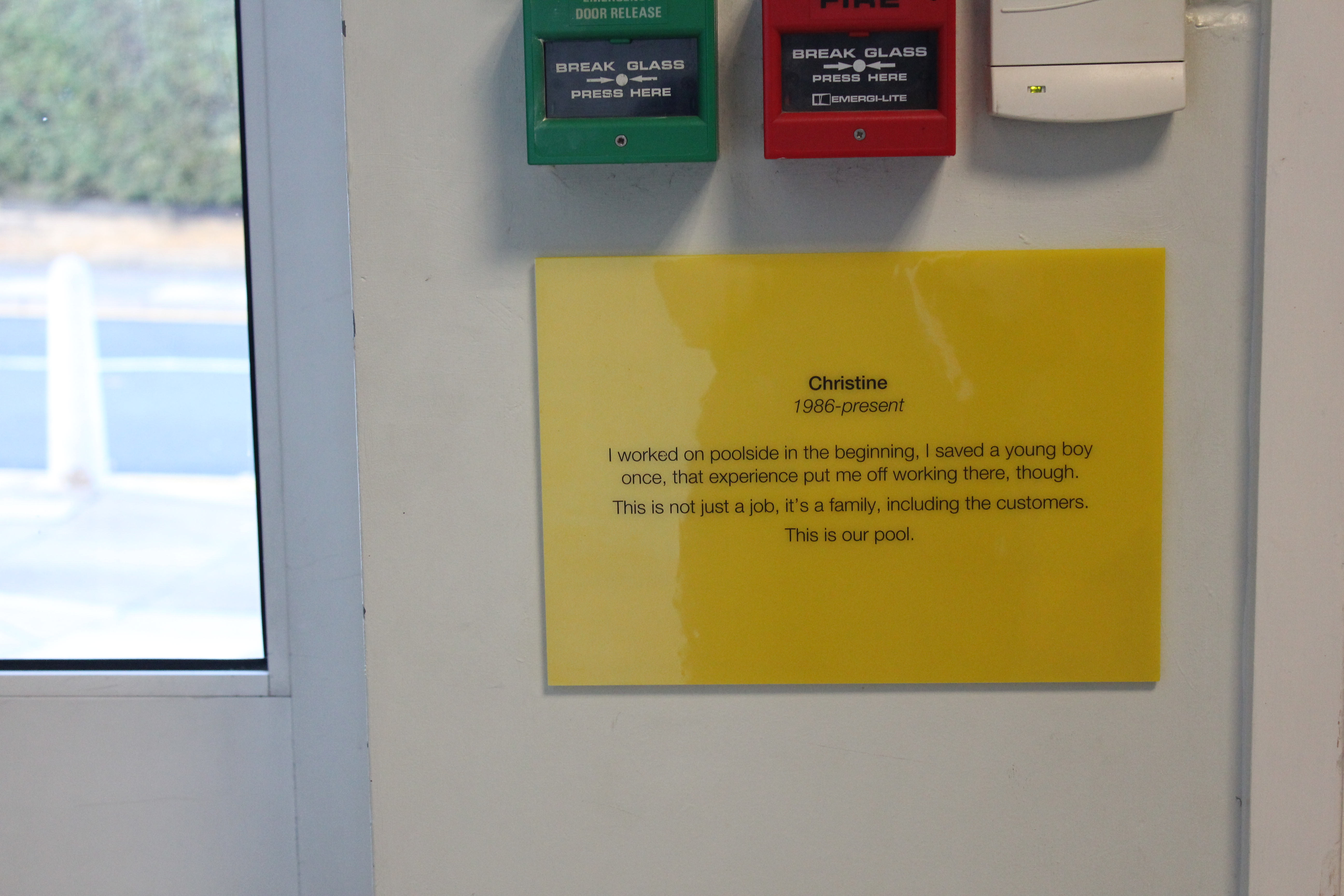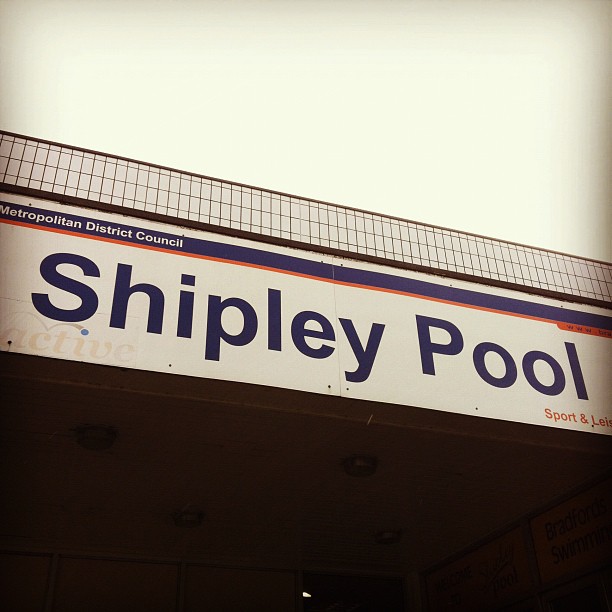
So to round up the rather intense and close to the wire experience that was being in residence, thinking up ideas, developing them in residence, recording and editing them, and then implementing them (the last stage with the immense help of Slung Low – particularly the aces Daniel Rollings, from whom I learnt a lot of very useful production stuff) over 6 weeks for Northern Big Board, I thought I’d do 3 posts over the next couple of weeks summarising the 7 Things Wot I Did. I could put all my reflective ‘what I learnt and did well/will do differently next time’ stuff here too, but frankly that’s mostly only useful and interesting to me. And I’ve started a new notebook, in which at the end of each project I will write down all that stuff, good, bad and ugly – so I’m putting that in there. And here, what I actually did.
It’s worth adding (a tiny reflective thing) before I launch into it though, I think I’m beginning to really get a feel for this form which I’m siting somewhere between pervasive and digitally-delivered performance, community theatre, and political-as-personal gently interactive work. It’s immensely rewarding, and seems to be quite affecting. There’s a proper lovely account of someone non-theatre-y who completely stumbled across the work on the Sunday morning that I found over here, which is a little snippet of how it can encounter people in exactly the way I hope. Sometimes it doesn’t work, but when it does, it makes my heart leap a little. Beginning to find a way through to a version of my practice, I think.
Anyway, to point: here’s a little bit about two of the Things Wot I did, after spending two weeks chatting the the staff and public at Shipley Pool.
STAFF PLAQUES
This was specifically a response to one of the more challenging aspects of this project – I went into the residency at a time of massive upheaval in the pool staffing. A major restructure across the whole of Bradford Leisure that had many people losing their jobs, and threw up situations like 4 reception staff, all great friends, proper backbones of the brilliant and welcoming atmosphere of the place (at least two of whom had been at the pool for over 25 years) competing for only 2 jobs. Everyone of the staff you spoke to talked about the ‘Shipley Pool Family’, the closeness of the staff, and I went in as a stranger at a moment of crisis. And with so many people going, there wasn’t the usually rites of passage, no big cake and leaving card, no party, because it was almost every other post that was changing, and how can you mark that? “It’s like a death in the family” one member of staff said in an interview. There was no way of my doing this project without acknowledging that. And in lieu of producing a big banner with a load of swear words on it, I did this. A quiet but important way of allowing members of staff to say ‘I was here’. Of giving them a voice.
Staff plaques – installed throughout the building. I spoke to the members of staff who run Shipley Pool, asking them that if they were to have a plaque put up to them anywhere in the pool, where would it go? Why there? What did the pool mean to them? And: “tell me about a time when you were the best of yourself” – I never specified the last one had to be at work, but that’s how everyone answered it. I sat down for about a 10 minute chat with people, and then I picked out some of the key points they had come out with, check it was ok with them, and then wrote them up into neater sentiments. Each plaque showed the years they’d worked there, with -present or -2012, depending on whether they were staying on post-reorganisaiton. This installation was a small way of saying that the building is more than bricks and mortar – there were members of staff who had worked there for over 25 years, who had been there since aged 16, who had met their fiancees, whose whole families had been a member of staff at some point.
Here are some images from the plaques that went up as a result (images show just a selection of them):
Although a little unsure at first, when they were up, people were going around trying to spot them all, people were laughing and crying, and at the end, as I was taking them down, several members of staff hovered around me at different points and asked if the pool could keep them. I’m glad this one worked. I’m really glad this one worked. It was important.
THE CHANGING ROOM
The Changing Room was inspired by two particular comments, a woman called Caroline who used a wheelchair said ‘in the pool, I look normal’ and another woman I didn’t catch the name of, over 70, who said ‘in the pool I feel like a size 10, and 18 again’. I wanted to make something that nodded towards those notions of change, disability, body image, and ageing. The Changing Room was an installation in a large changing room full of the clothing of 3 different generations of women, tucked amongst the clothing are pictures of all three women at different stages in their life, and on the walls, more pictures, and 10 questions along the lines of ‘what does it feel like to get old?’, ‘where do you belong?’ ‘how do you feel when you change into a swimming costume?’, ‘how do people see you?’, ‘if you could tell someone something to surprise them, what would it be?’ etc. There is also an mp3 player and pair of headphones. If you pop them on, the sound that plays is a collage of responses from those 3 generations (one 28, one 59 and one 80) of women in the photos – answering the questions on the walls about body image, clothes, ageing and swimming. The audience member can explore and discover the photos feel the clothing (specifically chosen to fit the women in question) and is invited to write down their own responses to the 10 questions, and add them to a wall in the changing room. Lots of people did this. I was pleasantly surprised with that. Here are some of those responses (apologies for the quality – those were taken on my phone camera during a pretty swift get-out).
You can also listen to the sound collage here:
And here’s some images of the room (before people added their bits of paper from their own reflections):
So, there you go. More to follow next week, where I think I’ll tell you about the Story Portraits, and Sheer Therapy.


